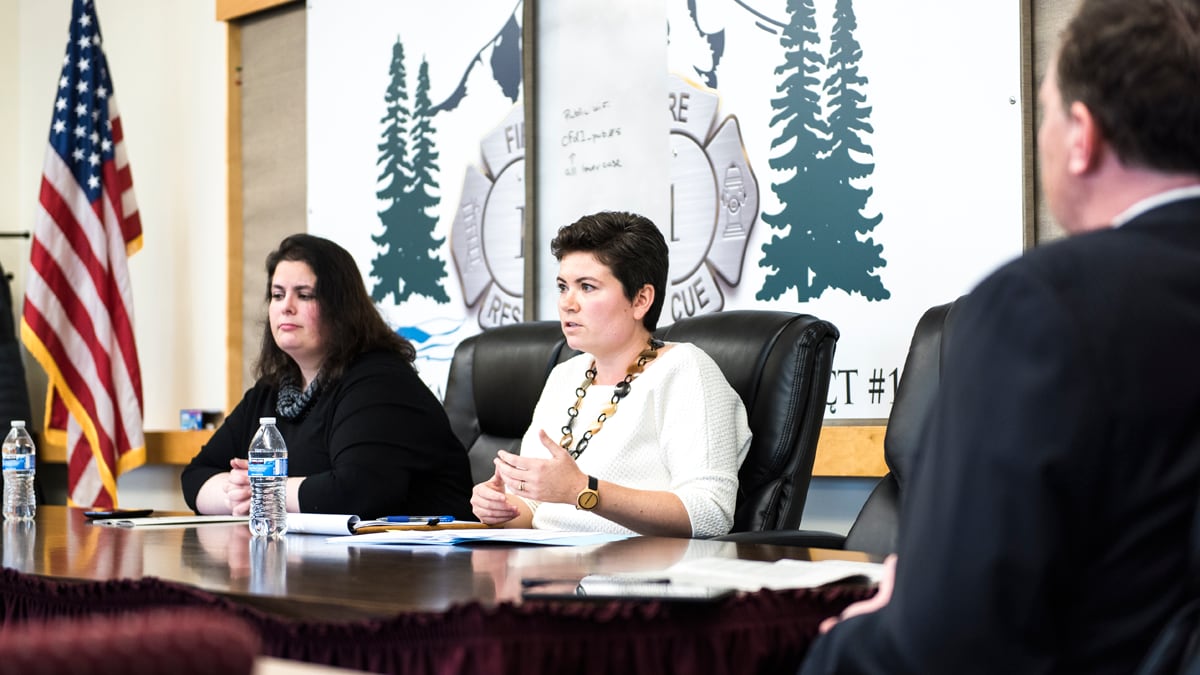Last week, Oregon voters resoundingly approved Measure 101 by a margin of 61.6 percent to 38.4 percent. The people who most need health care in Oregon will keep it—in some cases, despite themselves.
That victory came even though the GOP lawmakers who had referred the measure to the ballot were inviting voters to say "no" to new taxes, which is usually an easy selling point. But the referral of the Medicaid funding package proved so confusing and unpopular that the "no" side struggled to raise even a pittance to fight it, getting outspent about 30 to 1.
The exercise in futility, brought to voters by lawmakers preaching frugality, was expensive. It cost state and local governments $3.32 million to conduct the one-item election. The secretary of state's Elections Division spent $500,000 to administer it, and Oregon's 36 counties spent $2.82 million to print, mail and count ballots.
The empty gesture was more welcome in some places than in others. The measure won despite opposition in the counties where the funding it preserves is most acutely needed.
More than 1 in 4 Oregonians receive health insurance through the Oregon Health Plan, the state's Medicaid program. The measure to preserve health care funding failed in several counties, including four of the five counties with the highest share of Medicaid recipients.


